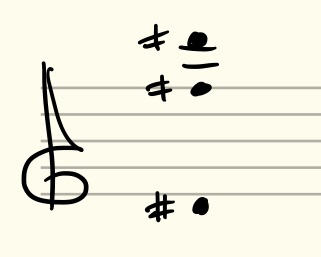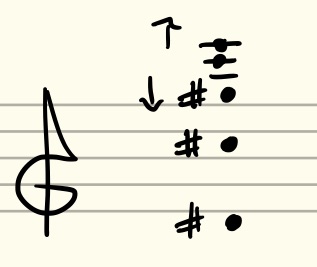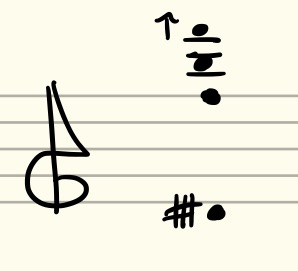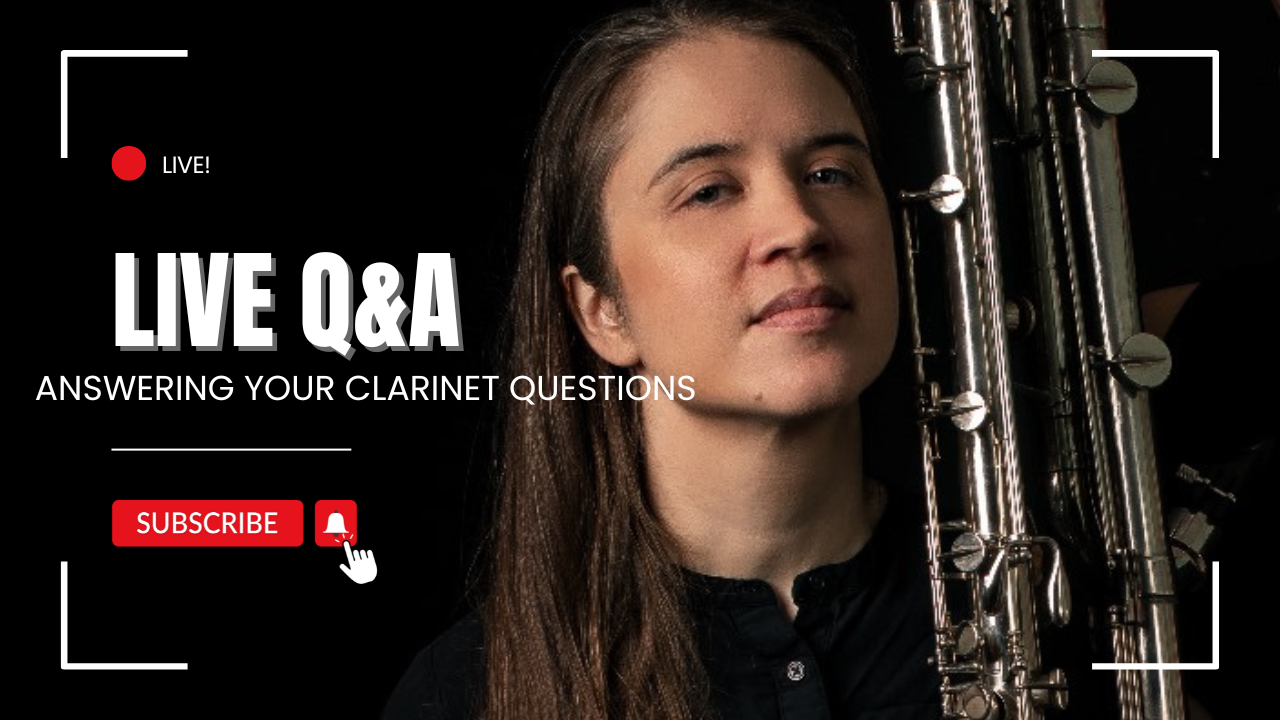If you are a clarinetist looking to improve your multiphonic skills — I teach a course on improving tone, register control and embouchure flexibility using multiphonics as the basis on tonebase (where — full disclosure — I’m also head of clarinet). You can try the course and tonebase clarinet with a 14-day free trial (and if you do, please do join the community forum and come say hello!).
When Philip Rehfeldt wrote his seminal New Directions for Clarinet in 1976, he included a number of multiphonic charts for both Bb and Bass clarinets. These charts aren’t bad, although quite regularly I don’t get the same pitches he does, and I always found his categorisation system a little odd. (The bass clarinet multiphonics in these charts are actually more problematic, and I wouldn’t advise using them!)
Recently, as part of the AHRC-funded project, The Garden of Forking Paths, which I’m consulting on for the next 15 months, Scott McLaughlin and I decided to spend a few hours trying to see if we could reorganise Rehfeldt’s Bb clarinet multiphonics in a way that made more sense for us. Instead of his six categories (which are based on a mix of dynamic possibilities and function, which I found inconsistent), we came up with four, which accurately describe the function of each multiphonic. (He wrote a nice blogpost that sums up our first session, which you can check out here if you’re interested!)
I wanted to show you the 29 multiphonics from his chart (many of which have appeared on this blog before) that we put in the category of “dyad multiphonics with spectral aspects”. I’ll talk about our three other categories in future blog posts.
I think one of the things I’ve struggled with is talking about multiphonics that have multiple attributes: but they all do. And the colour of the multiphonic, depending on which pitch is highlighted by the player, can change a lot. All of these multiphonics create “close” dyads (within a 10th) and also have further spectral possibilities, which you can move between. Rehfeldt struggled with this too: he writes that once you’ve achieved an embouchure position for a multiphonic, you don’t move. But I disagree. Being flexible about which pitches you can bring out allows for a lot more possibilities – and practising these gives the player a lot of control.
A lot of the same multiphonics appear in my post on dyad multiphonics for Bb clarinet. This is very much an extension of that post, but if you’re interested in writing these sounds, I definitely suggest using both!
A lot of these multiphonics are quite difficult, and do require the clarinetist has some prior experience with multiphonics. None of them are on my Easy Multiphonics post, so do be aware of that if you’re writing for inexperienced players.
Within the pitch charts, please don’t forget that the bottom pitch (fundamental) will remain, and then you can choose between the upper pitches, they don’t sound all at once, these are not complex multiphonics. Choose the upper pitch that you want for each instance of that multiphonic, you can not have them all at once.
In the audio files, I’ve tried to show how easy it is (or not) to make each one sound as a chord, and also to show how you can move between them. I’ve also actually organised the multiphonics by pitch, for the first time ever, thanks to Scott having cut out all of Rehfeldt’s multiphonics for me to play with, Top Trumps style:
| # | Pitches | Fingering | Sound | Notes? |
| #94 |  |
 |
||
| #12 |  |
Also appears in 27 Easy Bb Multiphonics. | ||
| #6 |  |
|||
| #39 |  |
|||
| #28 |  |
|||
| #14 |  |
|||
| #200 |  |
 |
This one is really rather fragile in the high register (have a listen to the recording) | |
| #96 |  |
Stubborn in the low register and fragile up high – use with caution. | ||
| #95 |  |
 |
||
| #111 |  |
 |
||
| #91 |  |
 |
||
| #335 |  |
 |
||
| #176 |  |
|||
| #336 |  |
|||
| #337 |  |
|||
| #338 |  |
|||
| #339 |  |
Debatable whether this is really a dyad or whether I’m doing an “ultra-underblow” – which I’ll discuss in a future post! | ||
| #97 |  |
|||
| #315 |  |
|||
| #44 |  |
|||
| #317 |  |
|||
| #316 |  |
|||
| #340 |  |
|||
| #341 |  |
Quite stubborn | ||
| #334 |  |
Can get quite a strong loud one with the A (listen to the recording) | ||
| #38 |  |
Can be difficult to place. When I hit the Bb, you’ll also hear an E above that, this seems to just emerge as part of the spectrum, I’m not controlling it! (But can’t get rid of it either.) | ||
| #342 |  |
VERY stubborn dyad with the E. | ||
| #343 |  |
|||
| #344 |  |





Leave a Reply to heatherroche Cancel reply